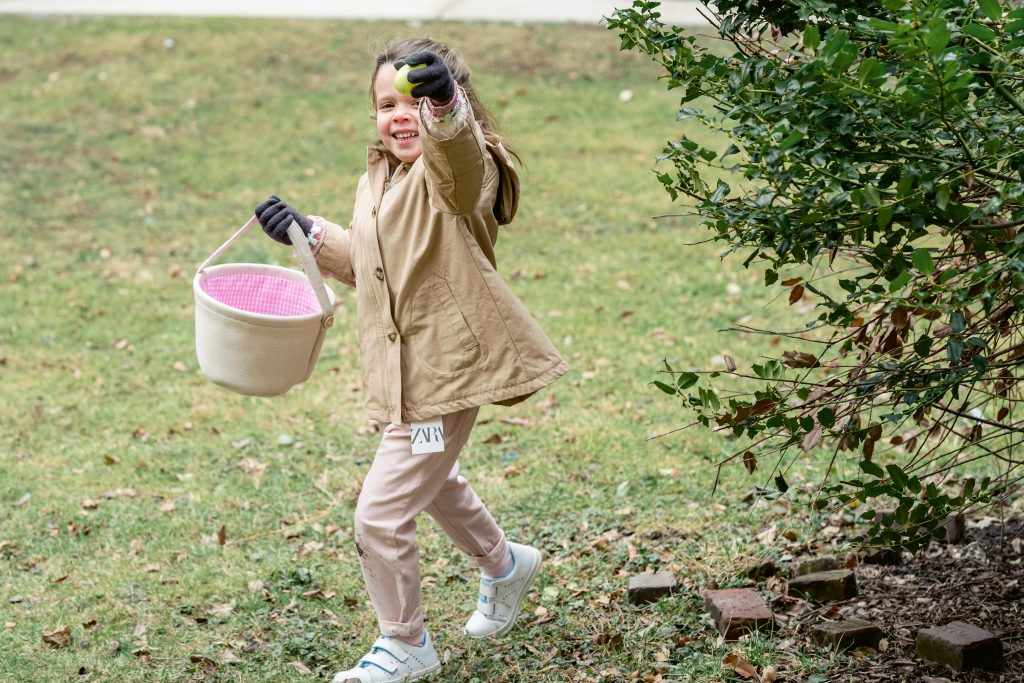Summer: Light and Blustery Fundamentals
Summer calls for lightweight and breathable apparel that keeps your child cool. Children are particularly defenseless against overheating, so texture decision is vital. Choose normal, breathable materials and focus on sun security.



